The new Land Rover Defender has finally arrived. All the talk has been about replacing an icon, the original Land Rover Defender; a vehicle almost unchanged in 33 years, from when it first rolled off the line in 1983 until 2016, when it could no longer meet various emissions and legal obligations.
But the Defender’s existence started long before 1983, in fact 35 years before, when it was simply called the Land Rover. A vehicle known for many years as being, perhaps, the ultimate in form-over-function, back-to-basics, utilitarian design. Handmade to such a scale that even the final ones that rolled off the line only a few years ago were almost all unique. And throughout its history, the body on frame design and the panel construction meant it was so easy to bolt your own ideas and creations onto the thing, or rip it up and start again, I would hazard a guess that it’s the most customised car in the world. But how was it conceived? Has it always stuck to the ethos that created it? And what can it teach us in this day and age?

Agricultural Beginnings
Well let’s go all the way back to the beginning and understand the context of its birth. In 1930, a man named Maurice Wilks was hired by Rover, having already worked as an engineer with Hillman Motor Car Company and GM since 1922. Both he and his brother, Spencer, were appointed to Rover’s board in quick succession as Chief Engineer and General Manager respectively (their mum would be so proud), and the company began turning out luxury vehicles such as the 1934 Rover 12, the streamlined Rover 14/Speed 14 and the 1937 Rover 16 which had all been redesigned with against-the-trend smaller powertrains and brand new coachwork. The streamlined 14, in particular, is a stunner. The Wilks Brothers were quickly establishing Rover as a highly desirable luxury car company; they were the go-to choice for several European royal, aristocratic, and governmental warrants, and had a long list of famous clientele. Until 1938, when WWII arrived. S**t.
In 1943, Rover and it’s engineers, who had abandoned car production between ‘39 and ‘45 to support Britain’s war effort, dedicating their factories to both aircraft and munitions production, were finally turning their attention back to cars, having handed over the design and manufacture of gas turbine aircraft engines to Rolls Royce.
The development team were once again spear-headed by the great man Maurice Wilks who, at some point towards the end of the war, had purchased an army surplus Willy’s Jeep as a workhorse for his farm on the island of Anglesey, off the Welsh coast. He had fallen head over heels in love with its brutal simplicity, its go-anywhere attitude and the utilitarian design and he wanted to create something similar, for Britain.
In early 1947, when his brother Spencer visited the farm, they agreed to do just that: develop and produce a similar, four-wheel-drive utility vehicle for the farmers of Britain, in complete contrast to the direction that Rover were heading. Maurice had, if the stories are true, sketched a simple outline in the wet sand of Red Wharf Bay and that same silhouette has been the genetic outline ever since. And the name of the vehicle they settled on? Land Rover.

Utilitarianism
From a cynical perspective, you could look to the fact that Rover sales were slow following the war, when even the wealthy and elite simply weren’t in a position to go out and buy luxury vehicles. It wouldn’t be the best PR exercise would it? But it also shows great business sense by the brothers, as does the decision to build the chassis from the huge surplus of “Birmabright” aluminium alloy left over from the war, steel rarer than hen’s teeth. But it also made sense from a technical perspective, being both lightweight and rust-resistant; aluminium is still a key feature of Land Rover vehicles to this day.
By the summer of 1947, they already had a concept in use, with the steering wheel centred on the dash, again with the farming community in mind. The car was put to work on the farm, and Maurice designed front and rear power take-offs (PTOs) to run belt-driven machinery so that he could use it to plough fields, the ultimate test of it’s go-anywhere ethos. The power take-off that he’d added, taking hints from tractors, was particularly useful, allowing farm tools to be attached directly to a torqued shaft from the engine.
Rover quickly approved it for production, albeit without the central driving position and PTO, as they were both impractical and costly to engineer. It came with a 1.6l 4-cylinder engine that, whilst lacking horsepower, had 80lbft of torque: more than enough to pull it’s lightweight body, passengers and whatever equipment was attached to it, up and down the rolling hills of Britain’s countryside.

Function Over Form
Wilks’ proposal had only been approved by Rover to gain cash flow and export orders so that they could begin making luxury cars again, so only 2 to 3 years of production had been planned for, yet it outlived the very company that created it! Everything else Rover continued to produce was greatly outsold by the Landie, which developed into its own brand, as you may well know.
Many of the defining and successful features of the Land Rover design were in fact the result of Rover’s drive to simplify the tooling required for the vehicle and to use the minimum amount of rationed materials. As well as the aluminium alloy bodywork, the distinctive body panels were intentionally designed flat, with only simple, constant-radius curves so that they could be cut and formed by hand from aluminium sheet on a basic jig. The sturdy box-section ladder chassis, which was simply four strips of steel welded at each side to form a box, cut down on the complex operations of making a more conventional U- or I-section frame. The very DNA of the vehicle was minimalism, way before art movements of the 1960s made it trendy.
There was permanent four-wheel drive, leaf-sprung suspension, a two-speed transfer box and not a lot else for £450 when it was launched at the Amsterdam Motor Show in April 1948. If you wanted any additional equipment, that was extra. Sound familiar?!

Above & Beyond
The orders dripped in at first but very quickly ramped up. The very first Land Rover registered was one of the Amsterdam Motor Show cars on 21 May 1948, and full production began at Solihull, England, shortly after. 1949 brought a “Station Wagon”, which had a body built by the same coachbuilders working for none other than Rolls Royce and Lagonda, complete with leather seating for seven people, a heater, one-piece laminated windscreen and various interior items. Oh the gluttony! Due to the wooden body construction, however, only around 700 were built and only 50 remained in the UK. But it showed a hint of what was possible. And that same year, the British Army placed its first order, 1,878 in total, and the following year they went into action in Korea.
1952 brought a huge hike in torque to 101lbft, whilst 1953 increased the wheelbase from the original 80” (2.03m) to 86” (2.18m) and a second derivative added, a 107” (2.72m) “pick-up”. In yet another quirk, the Land Rover was classed as a “multi-purpose vehicle” for the first time, which allowed it to travel over 30mph: it had originally been part of the commercial vehicle classification alongside tractors and trucks! The Red Cross ordered their first vehicles in 1954 and that same year, the Solihull factory produced its 100,000th Land Rover, barely six years after launch.
1955 brought 5 doors to the lineup on the 107” “Station Wagon”, and there were now enough seats for 10 people, but the wooden frame was abandoned for cost reasons. Simple metal panels that were bolted together were the order of the day, but the majority of the trim upgrades, such as roof vents and interior lights, were kept. And these versions proved far more popular than the wooden versions and the Land Rover brand continued to expand, gaining an ever increasing popularity. 1956 brought a 2” wheelbase increase to both versions and a diesel engine was added.

Back by Popular Demand
1958 brought a complete update to the Land Rover, with the Series II. Almost 200,000 Series Is had been produced, with 70% exported overseas, so there was a lot to live up to. It was the first time the vehicle had been “styled” and was given an aesthetic overhaul by none other than David Bache, the man who was also responsible for the original Range Rover and the Rover SD1.
It was the Series II that gave us the familiar ‘barrel side’ waistline, with a 5” (12.7 cm) greater width to cover the vehicle’s new tracks, as well as the improved design of the truck cab variant, introducing the curved side windows and rounded roof still used on current Land Rovers. It came in 88” and 109” variants, using a 2.25l petrol engine after a short phase out of the previous 2.0l from the Series I. And this engine would continue all the way to the mid-1980s, until Diesel became the popular fuel of choice.
The station wagon introduced a 12 seat option and, in yet another quirk, was classed as a minibus. It could use bus lanes if it wanted, and would even be exempt from the London Congestion Charge!
Series IIA replaced the series II in 1961 and continued all the way to 1971, and it was this series that pushed the body configuration envelope. Wheelbases remained the same as the Series II, but an additional engine derivative was added, a 2.25l diesel, and in 1967 a 2.6l petrol was also added. Sales peaked for the Land Rover between 1969 & 1970, when sales were more than 60.000 per year, perhaps boosted by its presence in a host of television documentaries and films. And in a final hurrah for the Series IIA, the headlamps were moved onto the front wings, a design that has remained in place since.

Competitors & Customisation
The Series III brought much of the same charm and simplicity that it’s forebears had, and continued all the way from 1971 to 1985, the 1,000,000th rolling of the production line in 1976. Towards the end of its life the market became far more competitive, as rivals from Jeep, Ford, Toyota, Mercedes-Benz and other manufacturers threw their hats into the ring, causing Land Rover to add synchromesh to all four of its gears, replace its simple metal dashboard with a plastic moulding, move the instrument panel to the driver’s side and increase the variety and plushness of the interior trims available. But it never changed its principles.
The original Land Rover was built in Britain, Australia, South Africa, Belgium and Spain, has worked globally in peace keeping efforts and has served in aid envoys for the British Red Cross and various other charities. It’s travelled on overland expeditions from Hyde Park, London, to Singapore, has traversed many of the world’s most challenging deserts and even some of the highest mountains. And, despite far more than 1,000,000 having been manufactured in under 40 years, a design that’s almost unchanged and a longevity that embarrasses most mammals, prices continue to soar for these beasts of simplicity. But why?

An Ode to a Icon
Well, I’ve rambled enough, and who better to summarise than Ricardo Pessona, founder of Coolnvintage, a company that brings Land Rovers back to life; in some style.
“It is everything I’ve learned thus far, driven by a life-long passion for these midcentury icons.
I first tasted real freedom in one, a Series 3. It was then as it is now: simple, honest, utilitarian, timeless.
A physical embodiment of what is possible if only we can imagine it.
When you drive a vintage Land Rover – even one spec’d beyond factory original as are all of ours — you have to separate what’s important from what’s not, an ability to live the signal and lose the noise.
The quiet comes from inside your own head.
And what’s in front of you.
You leave the iPhone at home. Or you take it, but turn it off. Whatever you need to take care of, you do it before you hop in, because now everything – everything – is about the journey, however you define it.
Not a bad metaphor for how to live life, is it?”
***
If you like this article, and want the latest CLT content as soon as it’s available, subscribe below. And join the Cars Less Traveled community!
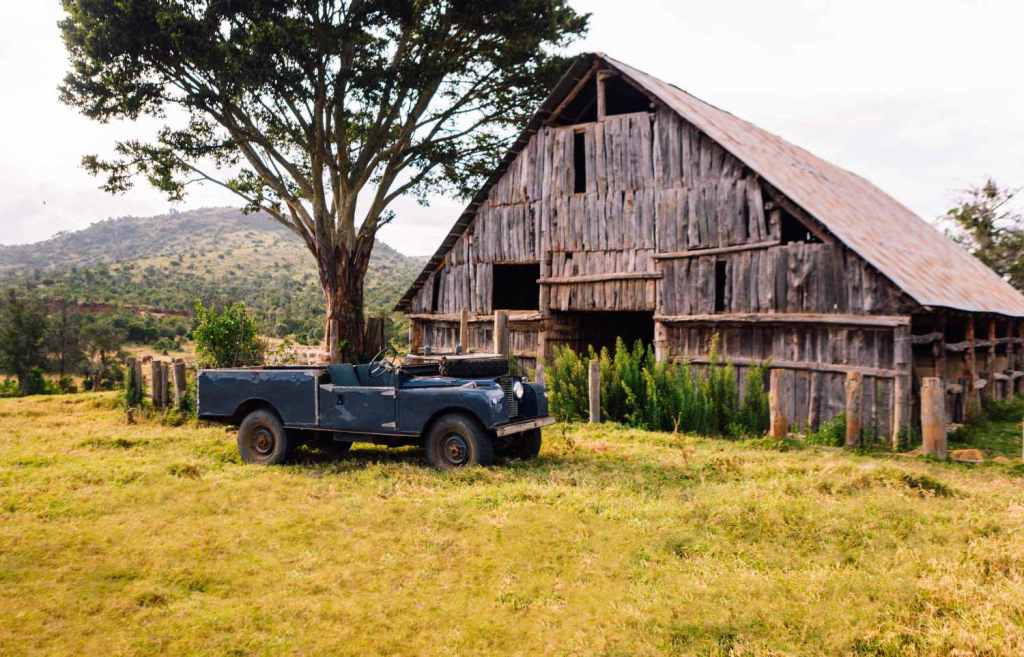
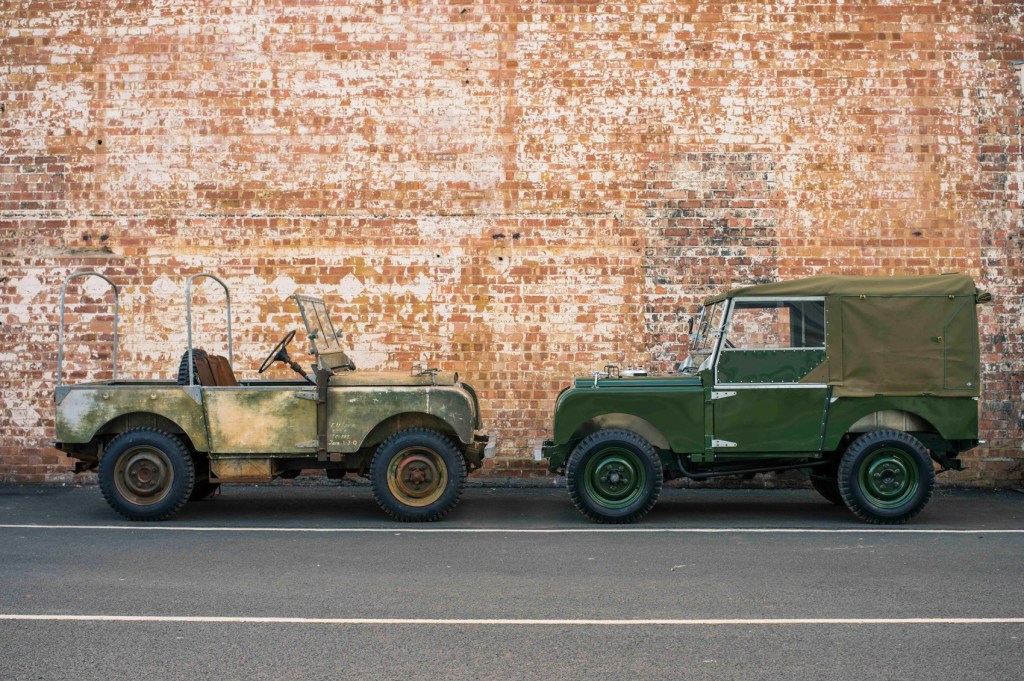
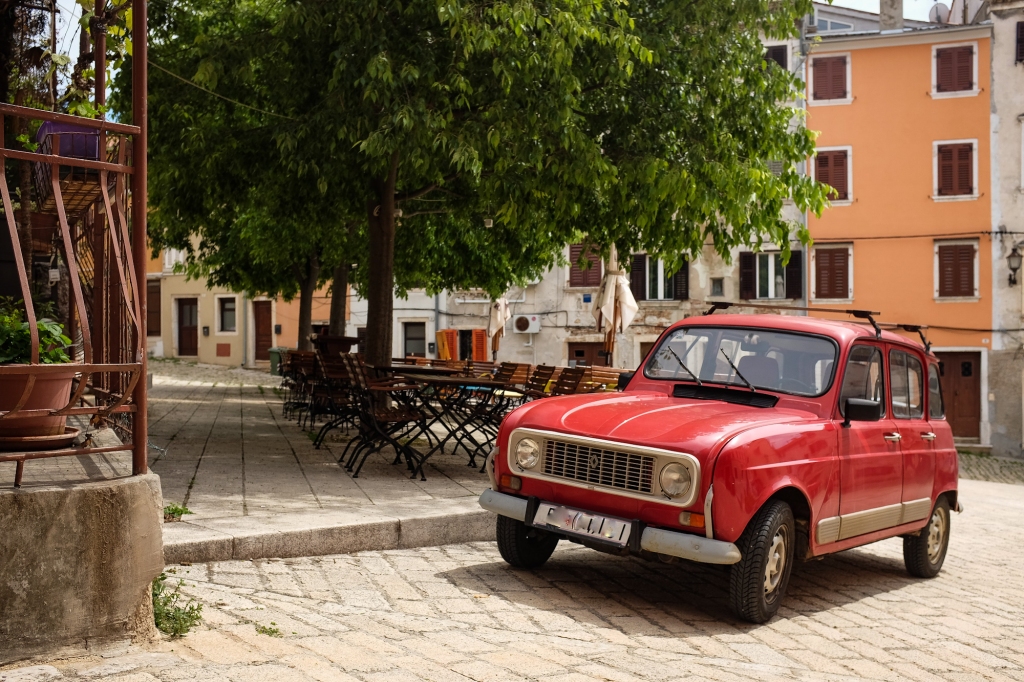

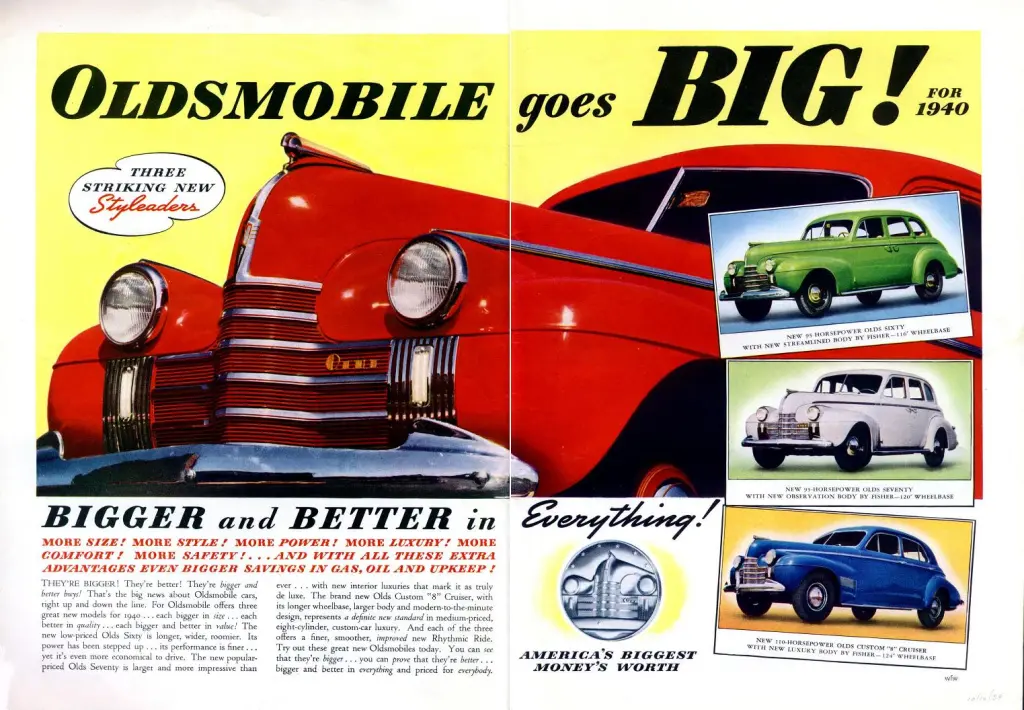
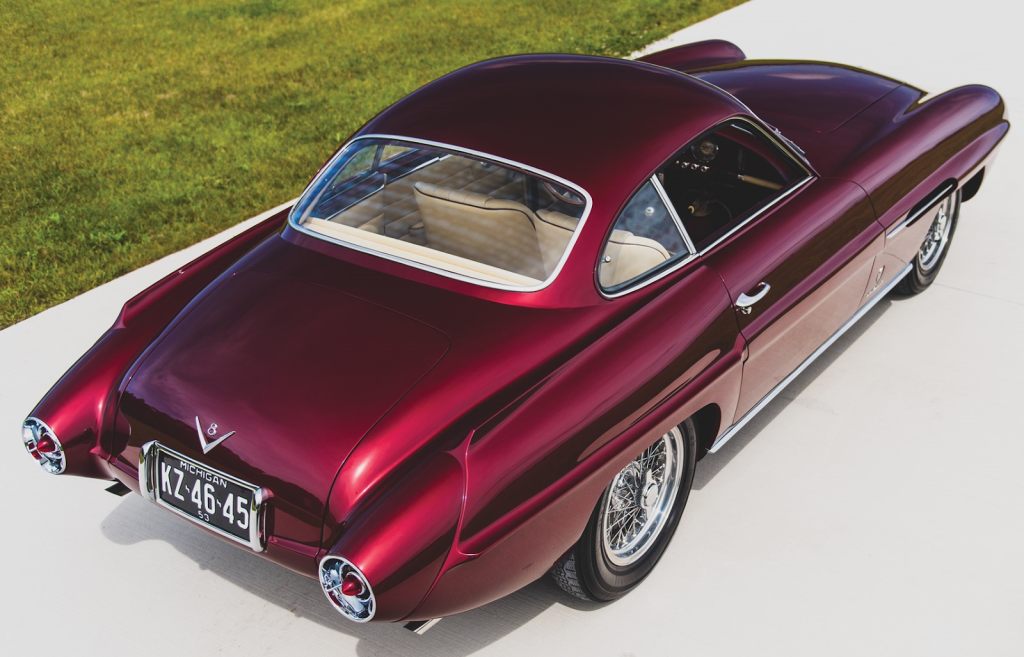
Leave a comment